- One 4-channel transmitter
- Three 4-channel receivers for my Nikon Speedlights
- Two 16-channel receivers for my 110v studio strobes
- A wireless camera trigger for my D200
One of the first tests that I made was to test the distance of the so called "poverty wizards". The distance was as advertised, at right around 11 paces or approximately 30 feet before the trigger could no longer activate the flash.
I am an avid reader of the Strobist blog and on there they had several articles on how this effective triggering distance could be increased by adding wires or antennas of all kinds. Some claimed distances of 200 feet. In my mind, I did not really think that these distances were possible, however, if I could double the distance, I would be more than satisfied as I could not see myself needing to be any further than 60 feet from my strobes or speedlights.
I looked through the various antenna mods and chose one that I felt was the easiest to install and did not require me to add anything more to the outside of the trigger that could get caught or torn off. I chose to simply try the wire install. Several people tried several sizes, but one caught my eye.
This mod was easy... very easy, and fast to do. All it was, was a single piece of solid copper wire from a CAT 5 networking cable of exactly 12.39 inches. I cut the wire, soldered it to the end of the transmitter antenna, and curled it around the tip of my screwdriver, placed it inside and close the cover... it fit perfectly and was 100% hidden... but would it increase distance any?
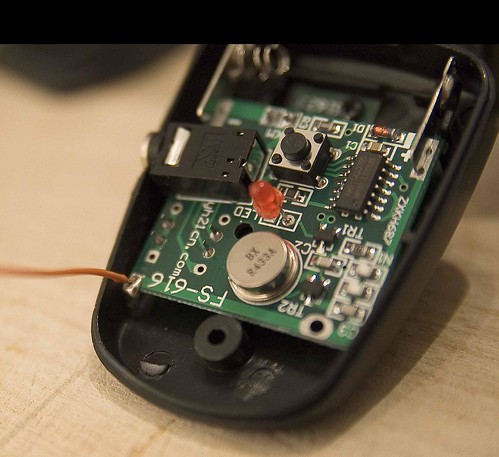

I tried it from the 15 foot range, it worked, 30 foot range and it worked again... well right there I went as far as I could (about 45 paces or approximately 120 feet)... and it consistantly fired my speedlight triggered from my camera over a dozen times in a row. I'd call that a successful mod!
Now I had wanted to replace the batteries as all documentation mentioned that the included batteries were for "test purposes only". The transmitter battery was an affordable $3.99Cdn each, but when I asked about the receiver batteries, they were priced out to $12.99 each and not easy to find. I just discovered why people did the other mod... the addition of an external battery pack using 2 AA batteries. On another blog of the strobist site, I saw the perfect solution... a fully enclosed container for two AA baterries, with a switch on the case and a discussed price of $1.29 per case... another cheap mod was in the works!
A good replacement battery for the trigger is shown below, and they are a reasonable $3.99 each:

A quick visit to one of my favorite electronics stores and I found exactly what I was looking for, an enclosed container with an on/off switch and securely held two AA batteries:

If you note, the price sticker is a meager 69 cents, however, if you puchase 10 like I did, they fall in price down to 59 cents each. Neat!
First step is to make sure there are no batteries installed anywhere:

Next step is to drill the hole where you want it. I chose the side with th FCC certification insignia:

Pull the wires through the holes, trim them to the length you want, strip and tin the ends (apply a thin coat of solder):

I placed a thin strip of paper on top of the circuit board to protect it, just in case:

Then I solder the black wire to the negative side of the circuit:

And then I solder the red wire to the positive side of the circuit:

With the soldering completed, the hardest part is done. Here are the results so far:

Ok, we're almost done... let's slap on a little velcro so that the battery case is held on to the receiver:

I then tested the switch on the battery case. Receiver turned on, battery switch off... as you can tell the light did not activate:

Last test, both switches turned on, and... success!:

You can tell that the light was activated, indicating proper functionality. Now by slapping in a common AA recharageble battery, we have a battery setup that is both more affordable and rechargeable!
An excellent and easily affordable mod!
So... does that little antenna make any difference at all? I had to go find out, so with one of those distance measurement wheels, I set my cactus v2 on my mini-pod and placed a SB-600 on top. Set the flash to 1/4 power, and off I went to test things out.
Before I took the pictures, I decided that, to consider a distance successful, it had to take 3 pictures at each distance and at 3 different positions (showed only 1 here for the sake of brevity). The 3 positions were camera overhead, normal standing stance and on one knee low to the ground. One misfire was considered an unreliable distance, 2 misfires the start of the end of the range capacity and 3 misfires was a total failure.
(NOTE: Click on the picture below to see the full-sized version, and click on your BACK arrow to return to this page. Alternately, you may right click the pictures below and select to open in a new tab or window.)
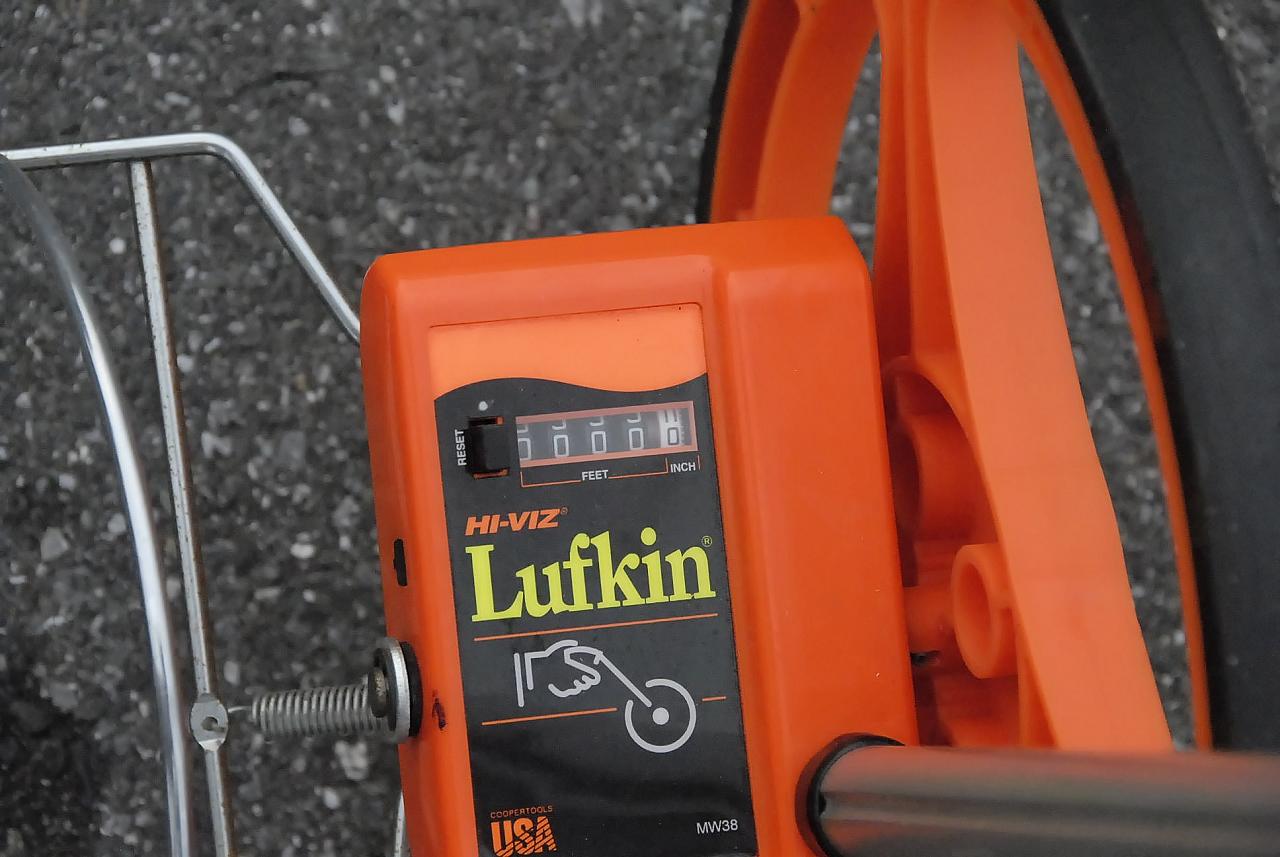
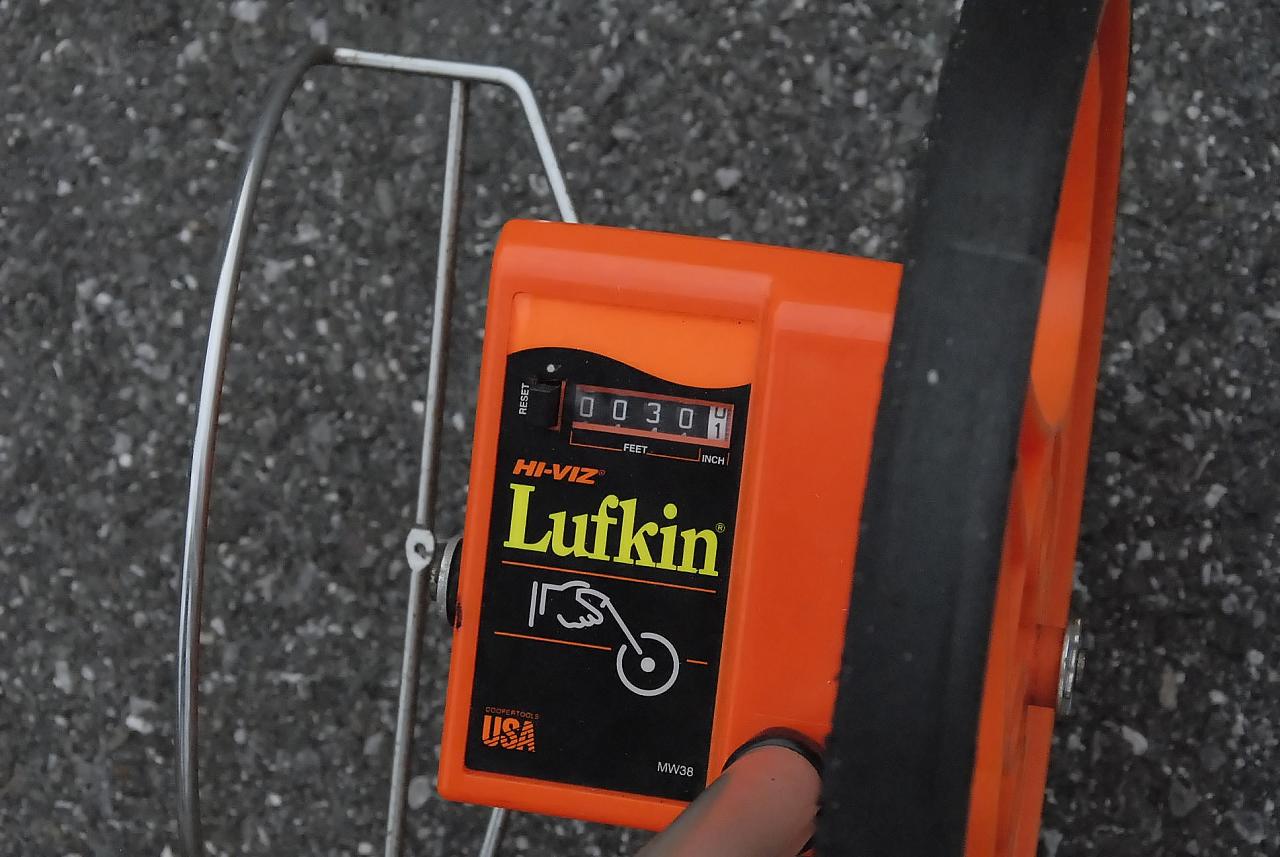

The 50-foot mark:

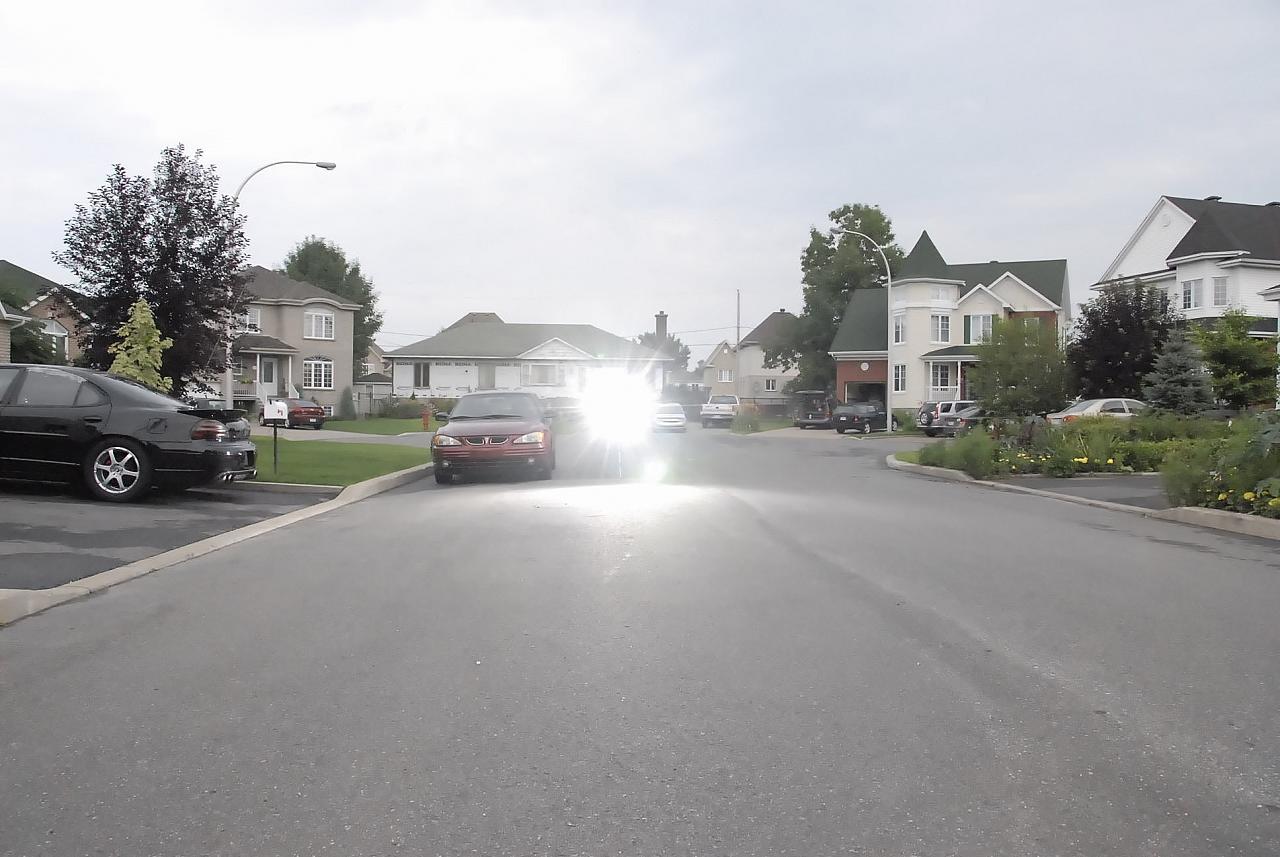
The 75-foot mark:

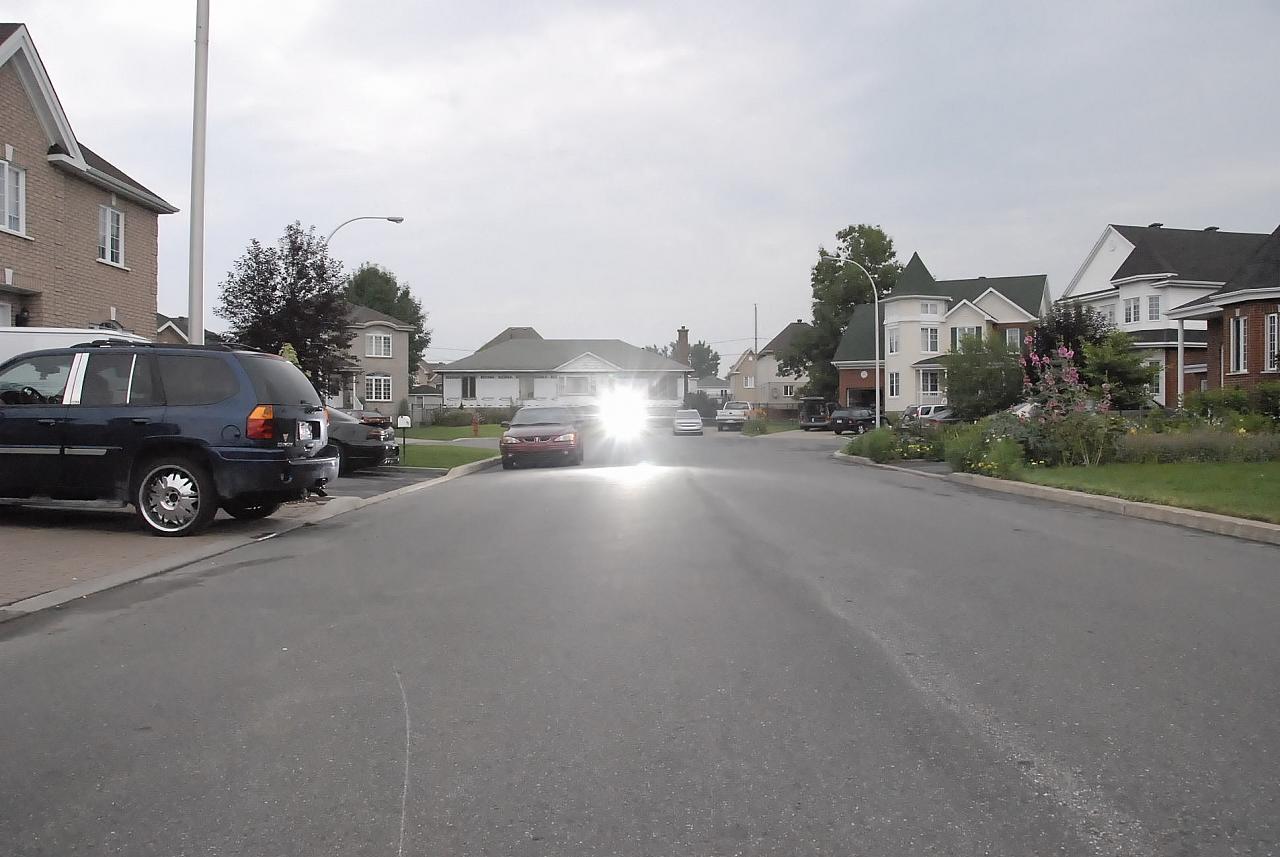
The 100-foot mark:
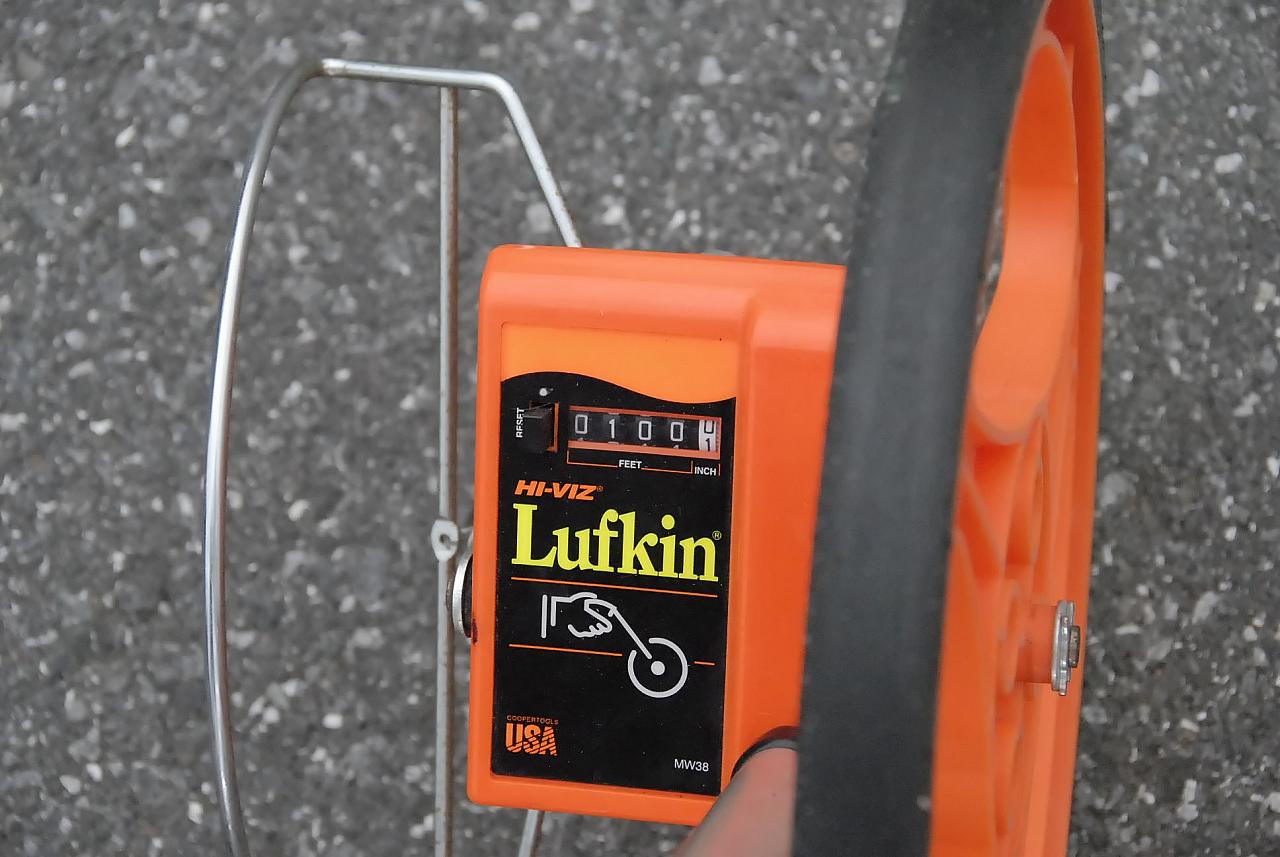
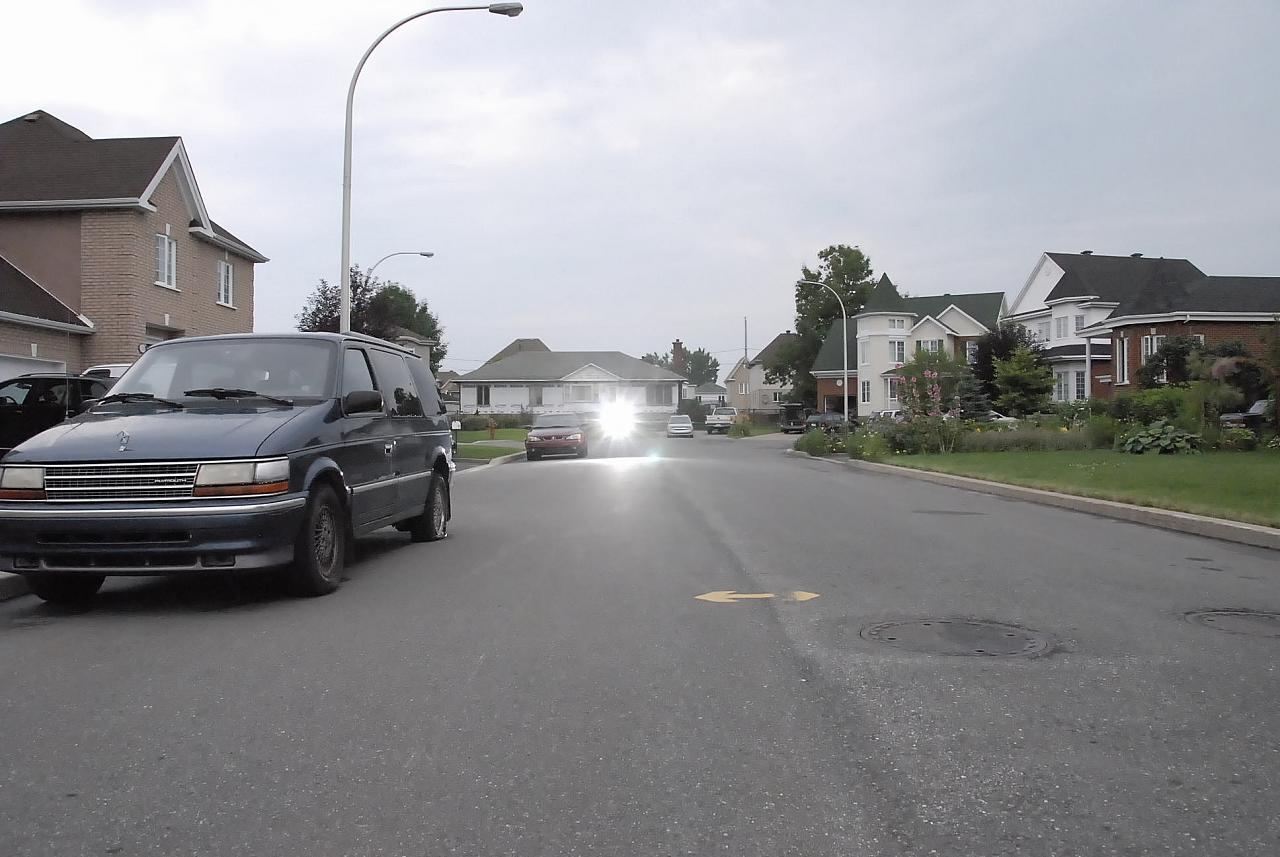
The 125-foot mark:
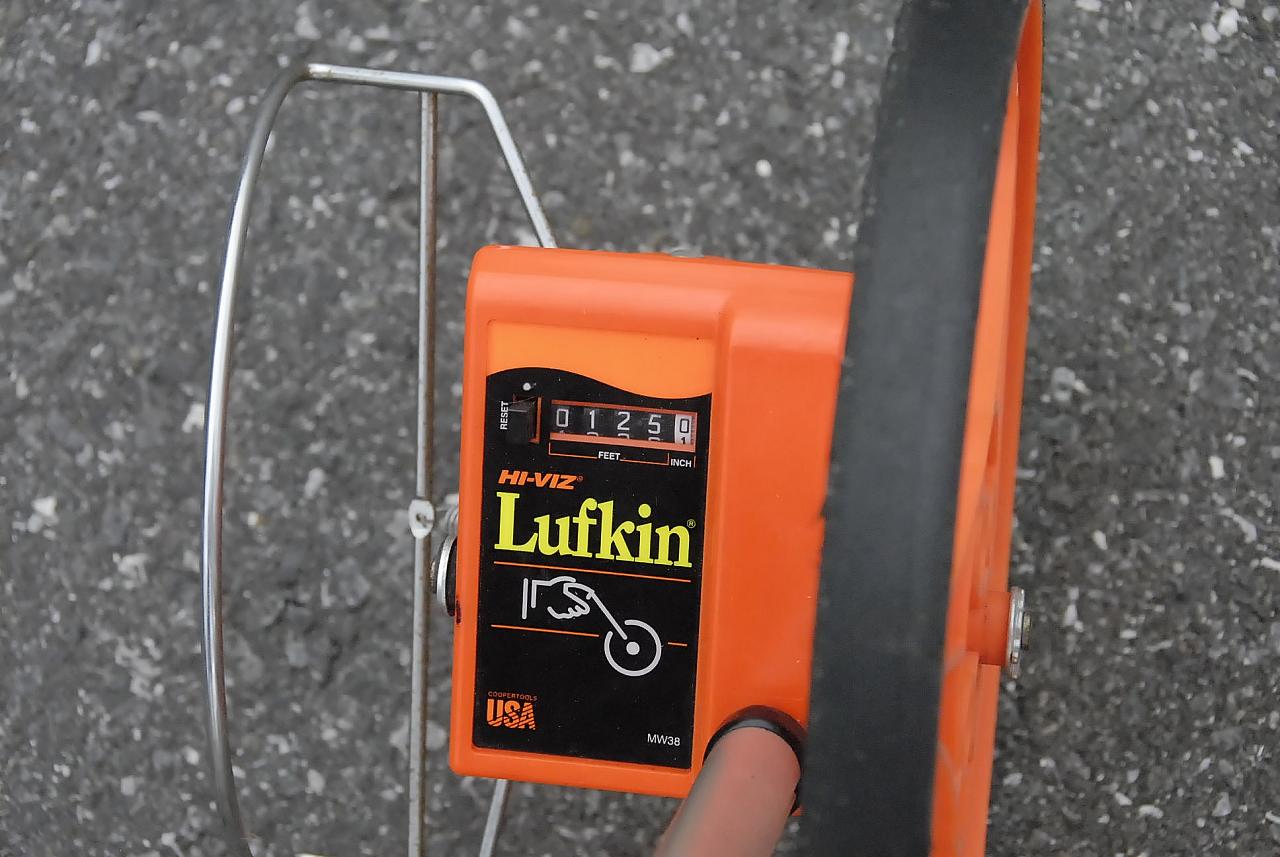
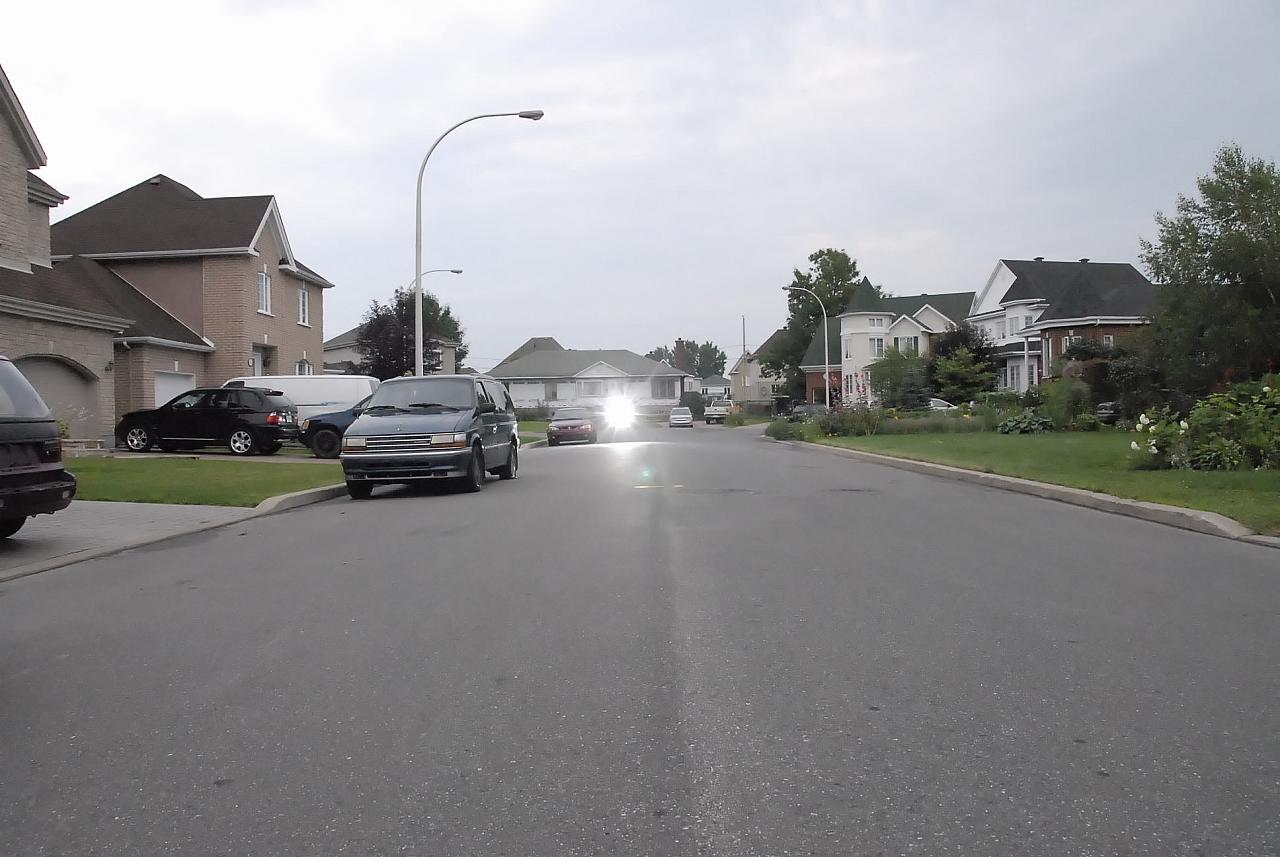
The 150-foot mark:


The 175-foot mark:


The 200-foot mark:


The 225-foot mark:


The 250-foot mark:


The 275-foot mark:
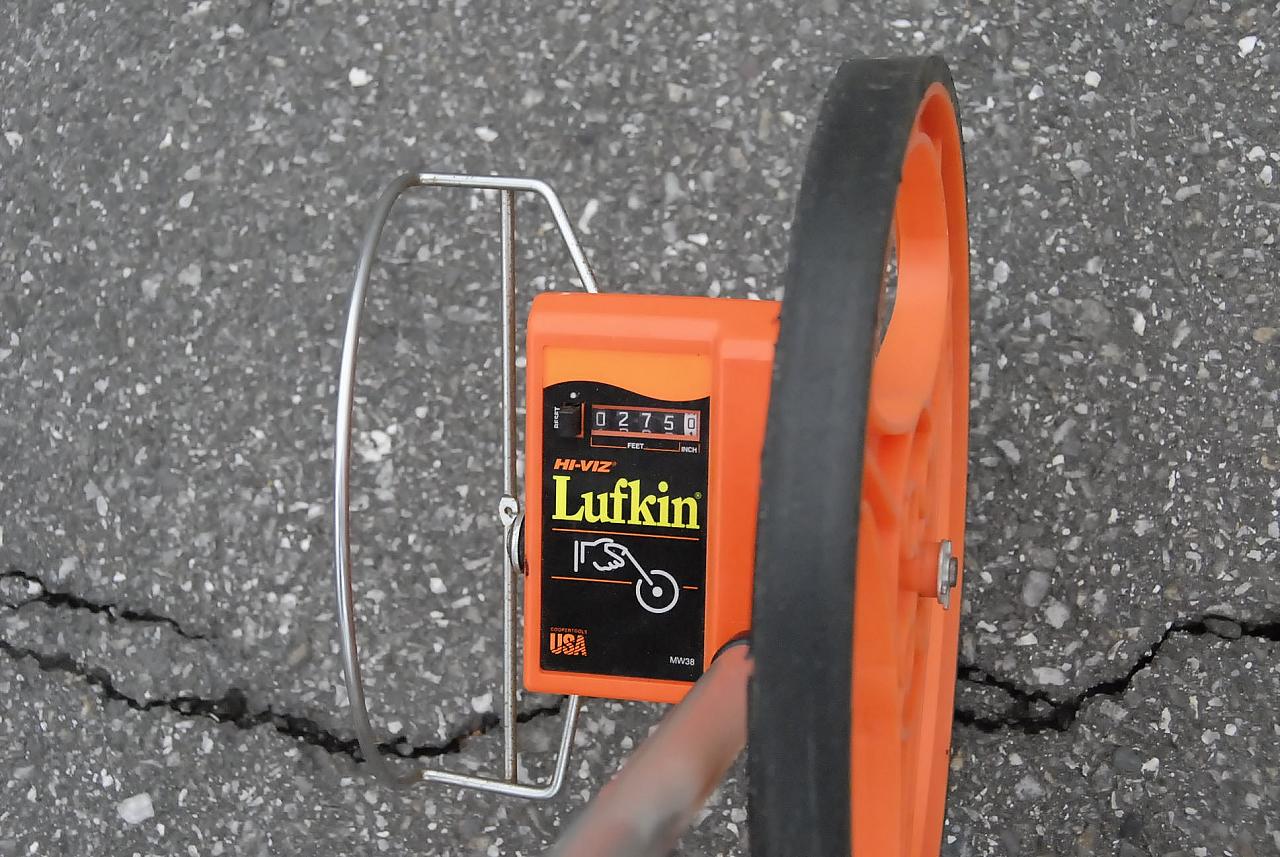

The 300-foot mark:


The 358-foot mark:
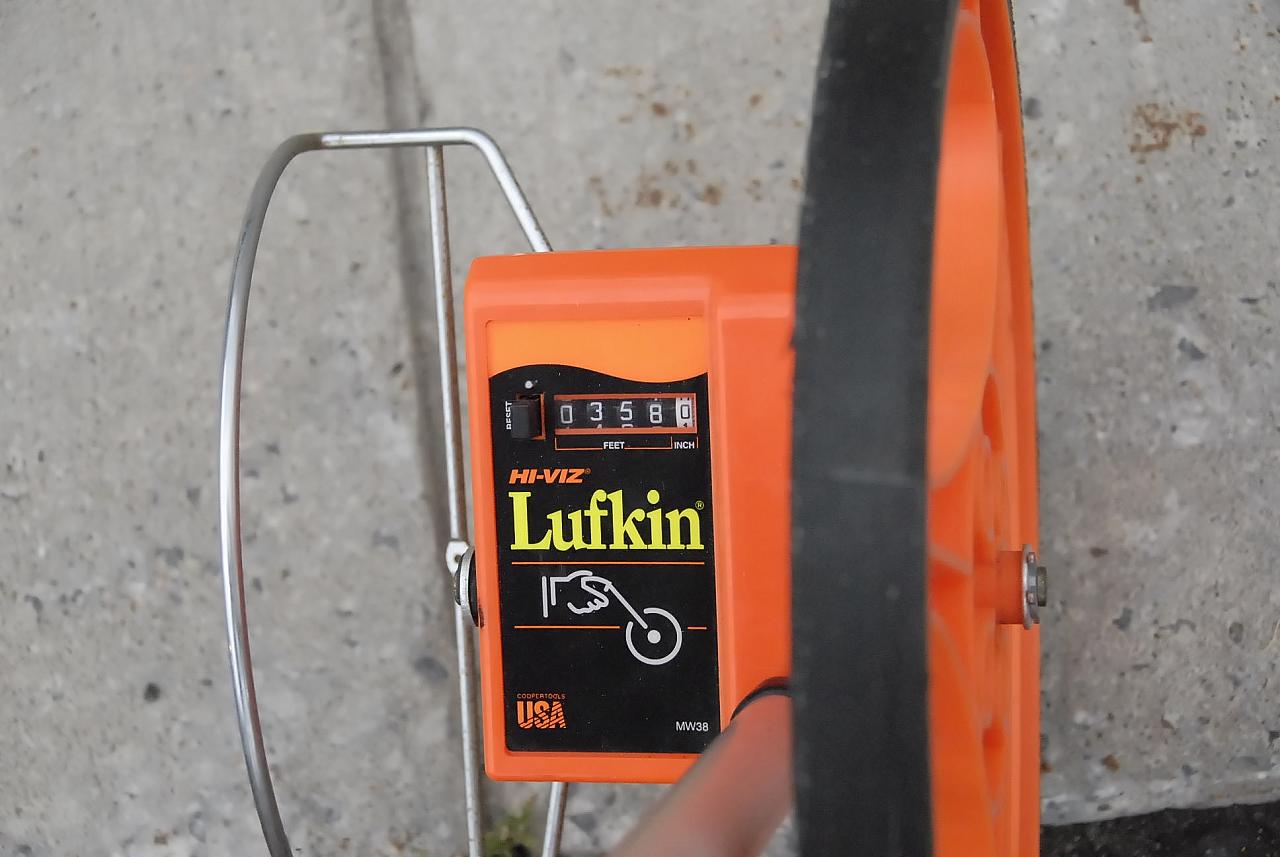

So, were there any misfires during the whole series of tests? Yes, there was one. Coincidentally, it was the 4th picture at the 358 foot mark. I retook 10 consecutive pictures right after and all 10 successfully fired the flash. Of special note, I was later told by my father (who was my official distance measurer), that every time I turned my back to the strobe, bent over and took the picture of the distance wheel, the strobe fired as well. I am impressed.
I am not saying that in a concrete building that everyone can fire off 2500 flashes successfully at 350+ feet, but it gives me great confidence to use these triggers within a 50-100 foot range and feel good about not getting any misfires. Even if I did, since I am not getting paid for my shots, there is no loss. If I was getting paid as a professional, there are NO better choices out there other than the well established and rock solid Pocket Wizards or perhaps the soon to come top of the line Radio Popper units. Of course, the price of these premium units reflects their performance.
As for me and my little poverty wizards, I certainly cannot ask for more, and am satisfied with the results of this test... the wire antenna mod works wonderfully.
Addendum 1:
Since the time I initially created this blog, I have bought 2 more triggers and 4 more receivers from a closer source (mpex.com). They are the same Cactus V2s models and they all accepted the modifications identically and *all* work as well as my original set.
To date, I've taken well over 3500 pictures with the Cactus triggers and besides the one misfire that I had during the tests, I have not had a single failure nor misfire (unless I forgot to configure my SB-600s to NOT go into stand-by mode... but that is not the fault of the triggers, but me!).
Satisfaction level remains high with this *very* affordable setup!
Addendum 2:
Since my last addendum, I've done the modification on a friend's transmitter/receivers and again, the results were near identical (reliable consistent triggering over 350 feet).
I am also finding that I want more versatility and decided that I want to add remote triggered TTL to the list of tools in my kit. In that end, I have committed to go with the Pocket Wizard when they come out with their Nikon variant of the FlexTT5 transceivers. In March/09, Pocket Wizards had a rebate on their PW II's and I purchased three of them for use with my current setup and for future use on non-iTTL spedlights or studio strobes.
The reasons that I decided to go with PWs are:
- The new iTTL compatible PW's will be backwards compatible with the old transceivers.
- I do not need to have a speedlight mounted to my camera, unlesss *I* want (this was a HUGE reason for me. I do not want a transmitter unit velcroed to my camera making the setup exremely bulky and ugly. Small tight and fast are the way to go).
- PW has long ago established relationships with many manufacturers like Profoto, Photogenic and others and many quality studio heads that I am considering already have integrated support for PW transmitters.
- Internet downloadable firmware upgrades via computer/USB connection.
At the time of this writing (April 09), the Nikon versions of the FelxTT5s are not out yet, but I have confidence that when they do come out, and after I receive my order, I will be very pleased with them.